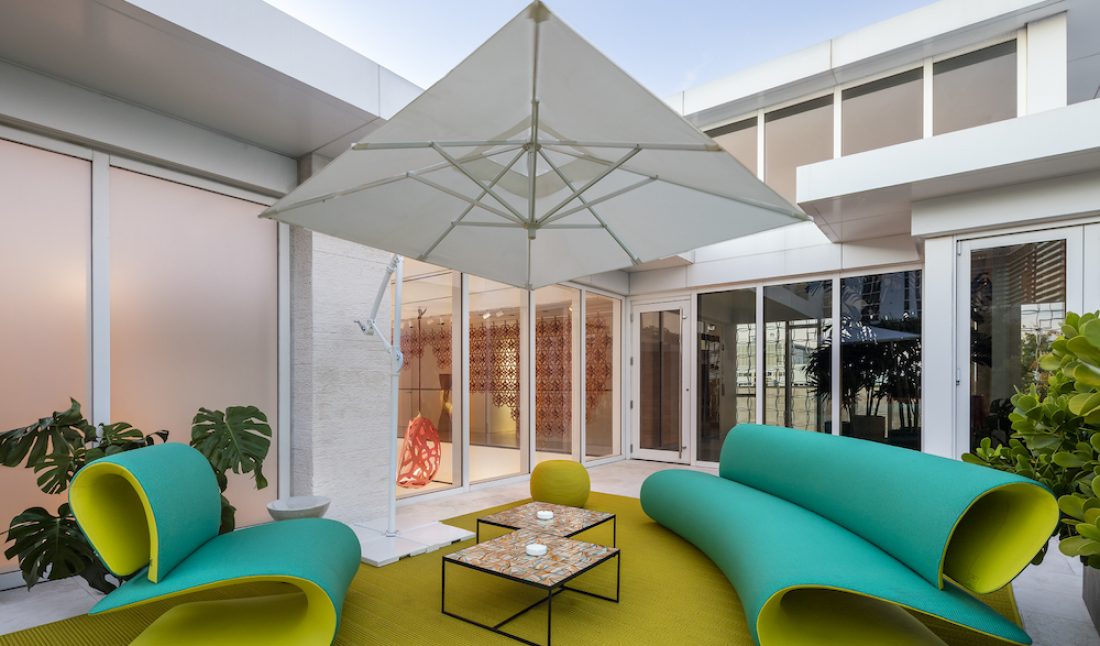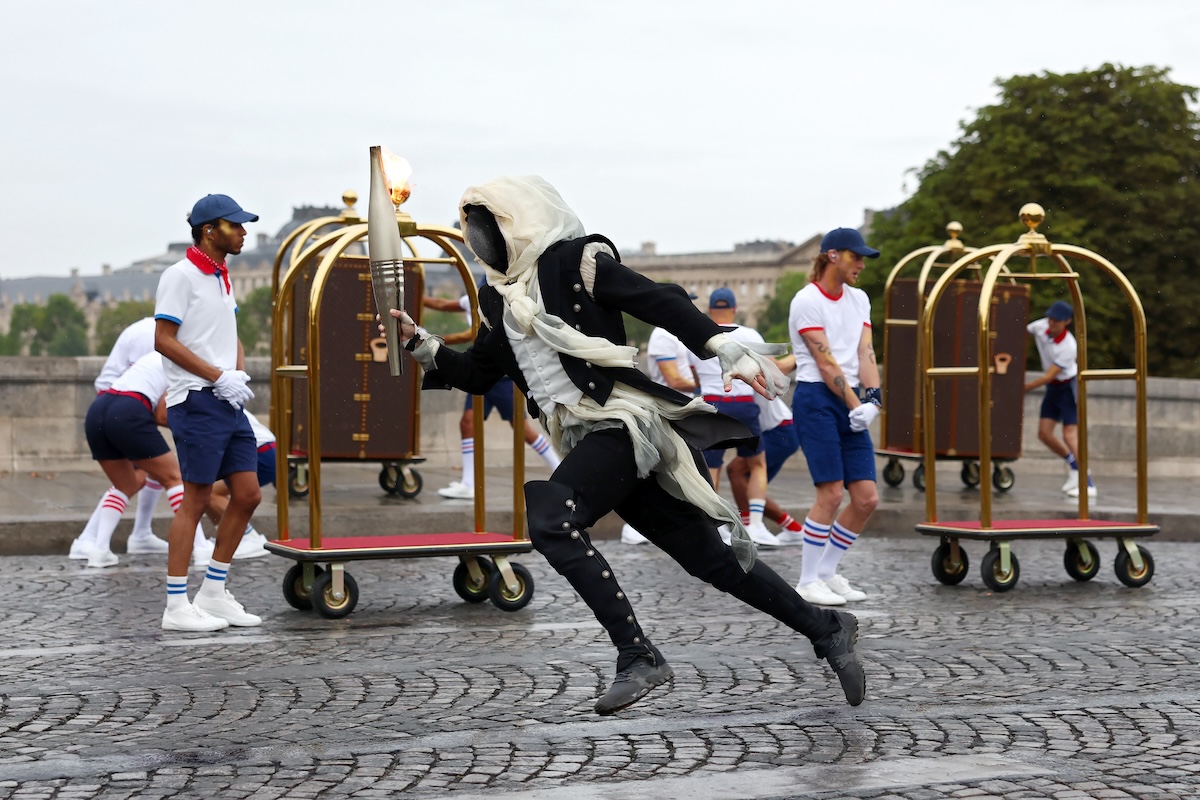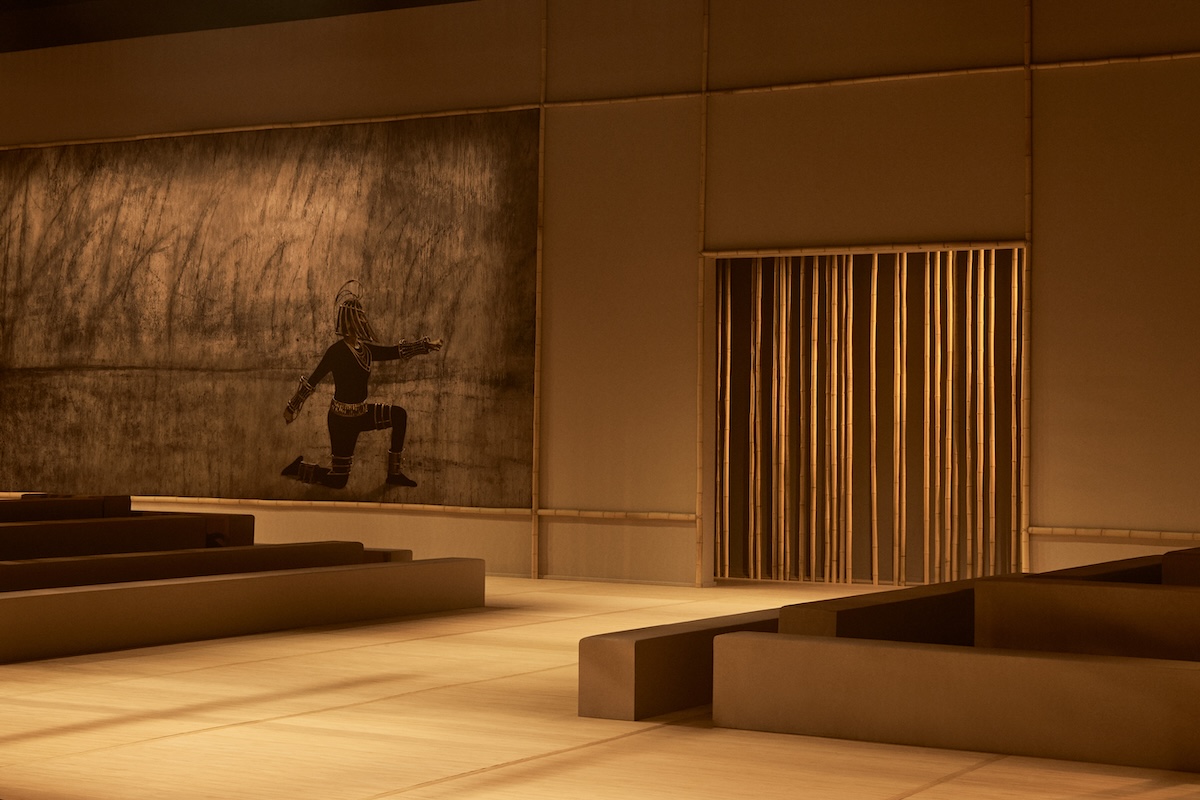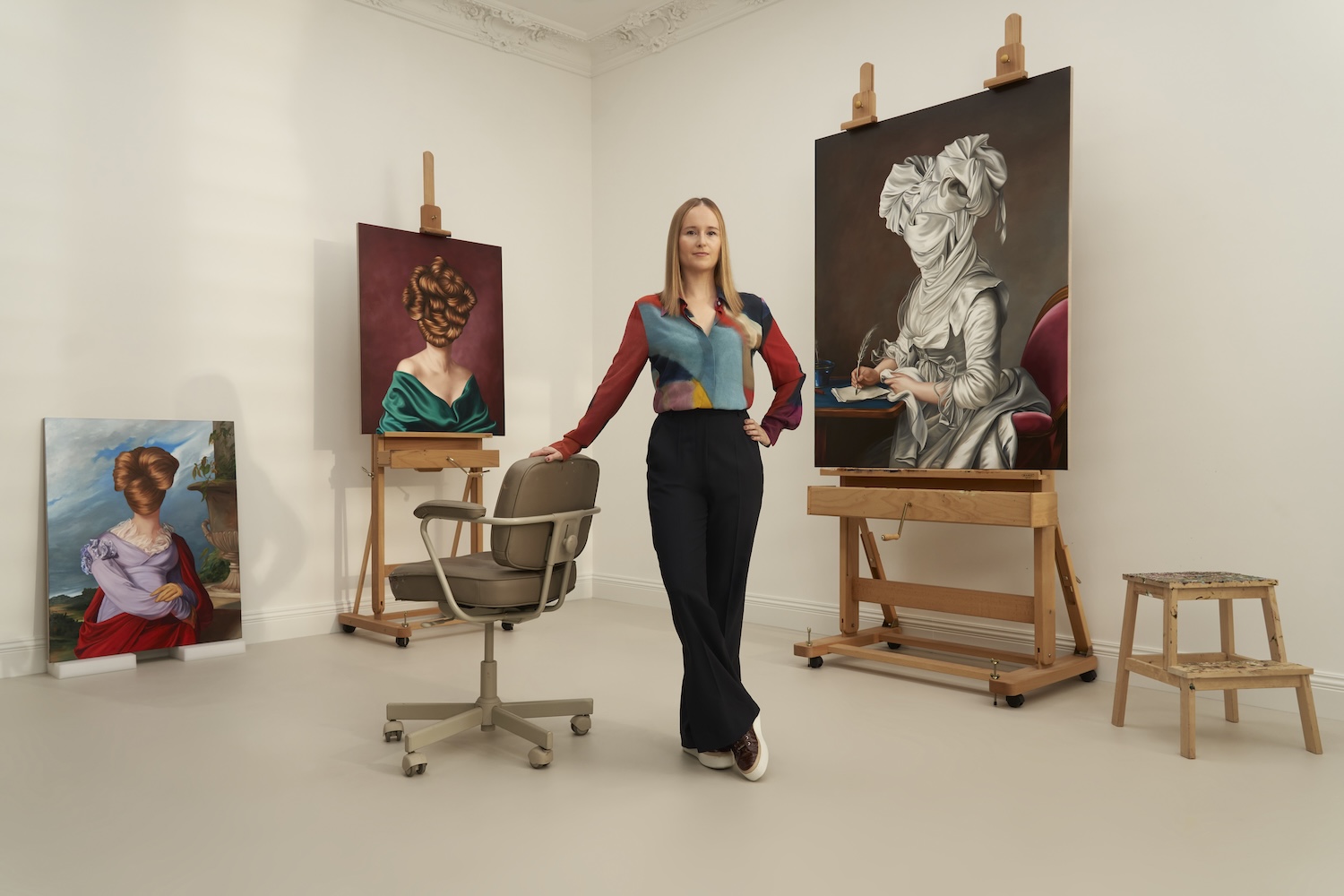Last December in Miami’s Design District, Louis Vuitton hosted a special showcase of its ongoing Objets Nomades collection, inspired by the art of travel. Furniture and objects designed by the Campana Brothers, Raw-Edges, Marcel Wanders, India Mahdavi, and others were presented in a site-specific installation designed with fellow collaborator Patricia Urquiola. Amid a dreamy desertscape were colorful poufs, lounge chairs, lanterns, couches, and tables in rich materials—notably leather. On the boutique’s terrace were the first outdoor pieces of the collection, designed by Frank Chou. Created from complementary curves that allow for peekaboo moments of nearly neon color in supple leather, the Signature sofa and chair were inspired by Eastern and Western landscapes—terraced felds of China’s Yunnan province and California’s Antelope Valley. The Chinese designer, known for his sense of clean lines, color, and balance, shared with Whitewall how the collaboration came together.
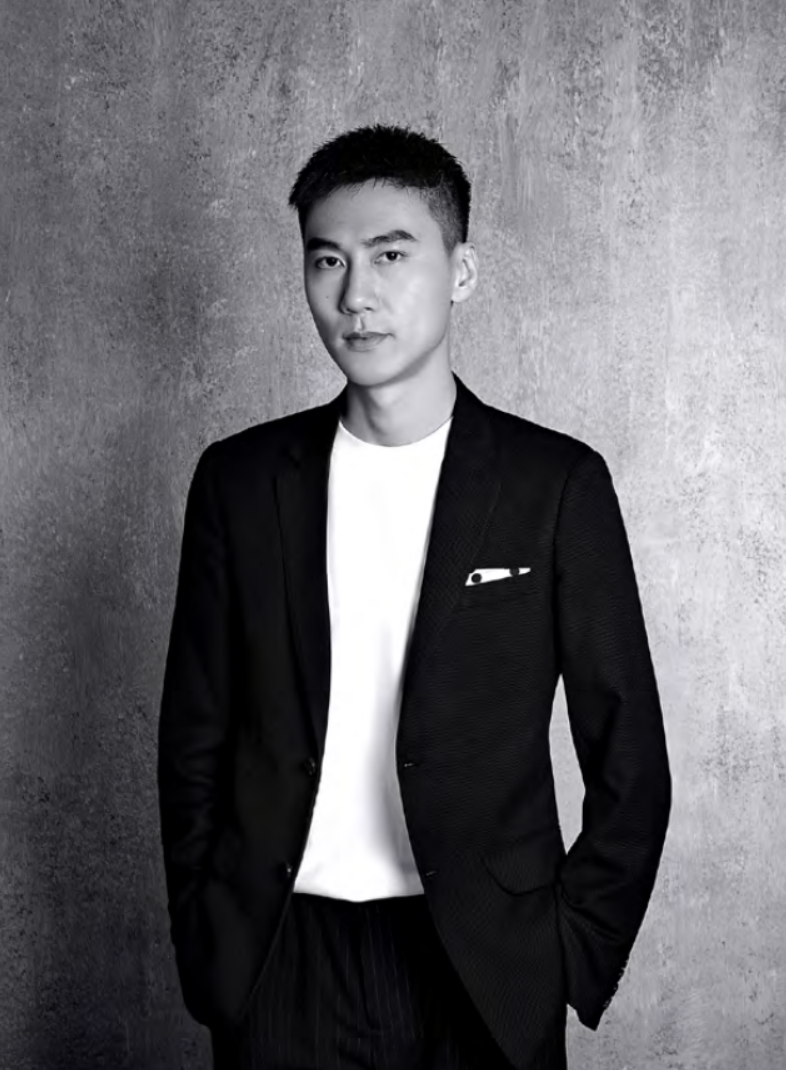 Frank Chou, courtesy of Louis Vuitton.
Frank Chou, courtesy of Louis Vuitton.
WHITEWALL: What was the starting point for your work with Louis Vuitton Objets Nomades?
FRANK CHOU: I suppose it is because some of our designs attracted the attention of Louis Vuitton one or two years before our collaboration. They got to know us after placing pieces of furniture from our collections in their stores. Then we received the collaboration proposal last year from the Objets Nomades team, and we were certainly more than willing to join the project.
WW: How did the spirit of travel and movement inspire these pieces?
FC: Travel in today’s modern era is different from a century or two centuries ago. In fact, it has become a “spirit of adventure,” and it keeps on inspiring people’s daily lives. Through our designs, we are trying to create adventurous, creative, and elegant pieces which are able to reflect emotions and history, and can resist the test of time.
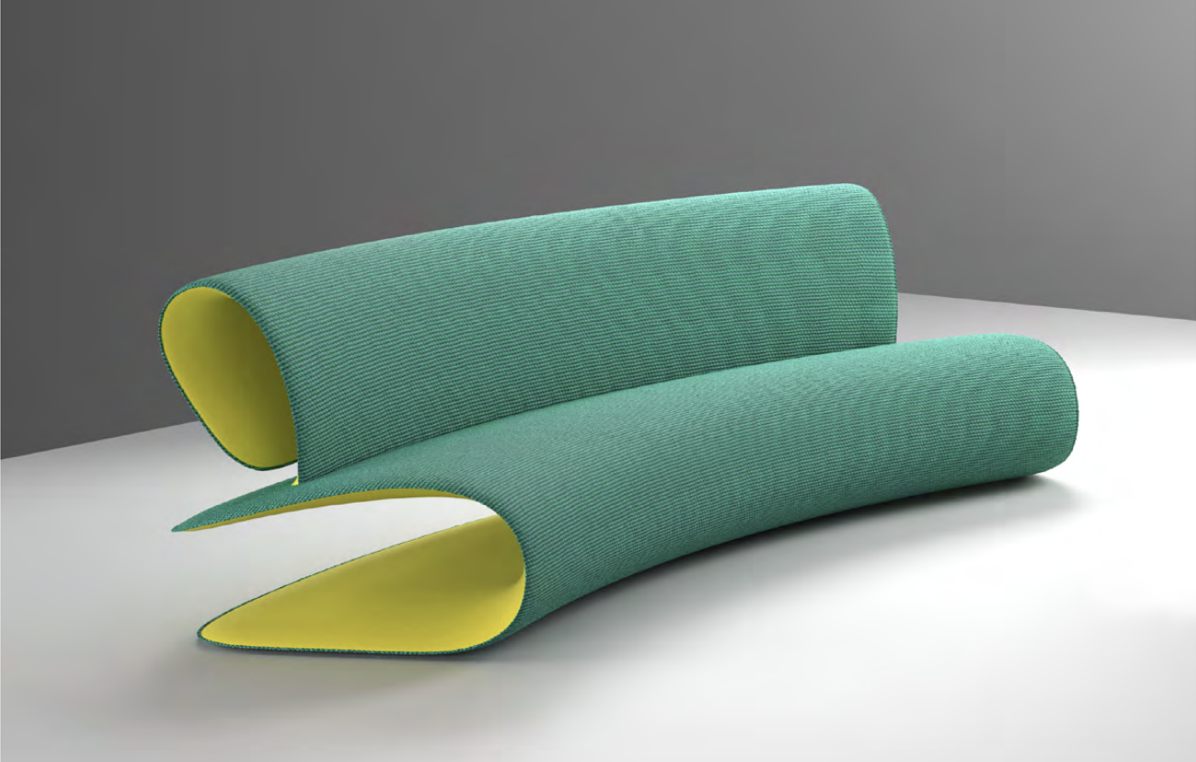 Frank Chou for Louis Vuitton’s Objets Nomades, courtesy of Louis Vuitton.
Frank Chou for Louis Vuitton’s Objets Nomades, courtesy of Louis Vuitton.
WW: What role does travel play in your creative practice and process?
FC: I think people’s lives are a source of inspiration. When we travel, what we encounter and experience is very precious. It becomes a part of our life, and not just for creation or design purposes. Yet my designs come from my life, and travel is a part of that life.
WW: Can you tell us about the shapes you created, especially the curves?
FC: From the side, the lines and curves reflect the flow of time like a winding canyon, and from the back, we see the smooth curves, elegant and full of tension.
WW: How were the pieces inspired by the terraced fields in China and desert rock formations in the U.S.?
FC: From the terraced fields of Yunnan to the Antelope Valley, these beautiful landscapes are somehow connected to our subconscious. They capture nature’s beauty and are truly part of the earth. The forces of nature that shaped and sculpted them are what attracted and inspired me most. I think it is this logic and philosophy of nature that may be the real inspiration.
WW: Does landscape often serve as inspiration for you?
FC: Landscape is definitely one of the most important inspirations for human beings. It is inevitable for us to be inspired by nature, which is not just limited to landscape, but it doesn’t always serve as inspiration for me. It could be a film, a piece of music, or a love story. Depending on the theme or idea, we can be rather fluid with our inspiration.
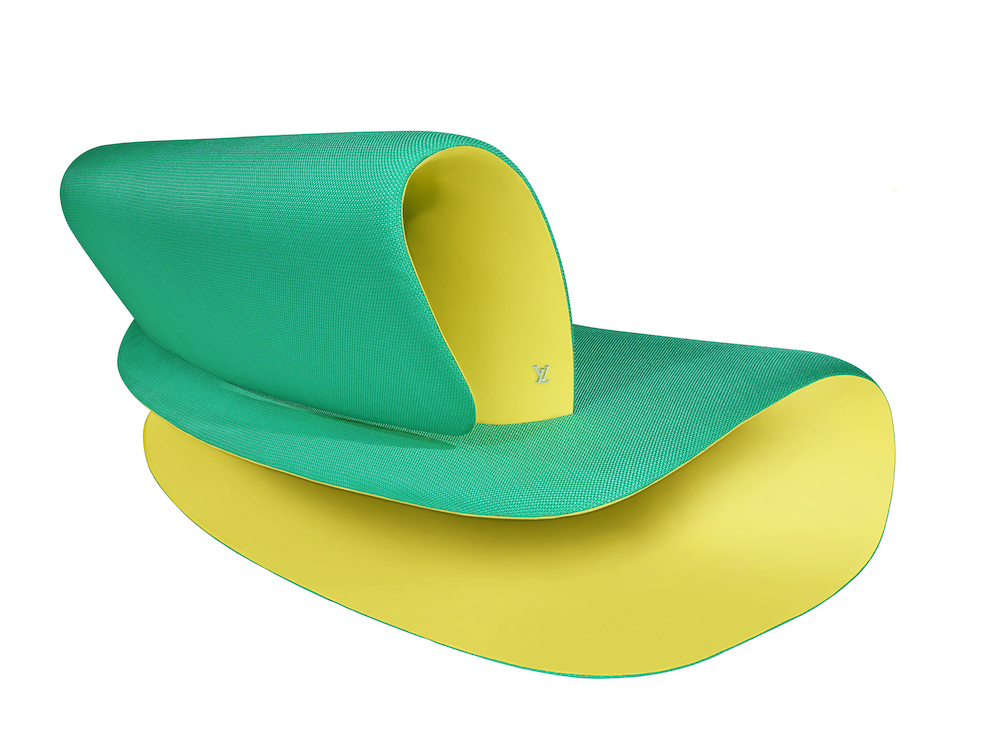 Frank Chou for Louis Vuitton’s Objets Nomades, courtesy of Louis Vuitton.
Frank Chou for Louis Vuitton’s Objets Nomades, courtesy of Louis Vuitton.
WW: What was it like to work with Louis Vuitton’s artisans and leather craftsmen?
FC: In my opinion, no matter the concept, color, or materials, it all boils down to one thing—the essence of the brand and the concept itself. When choosing materials and working with the artisans from Louis Vuitton, we found common ground in selecting the highest quality, and always reflecting the spirit of Objets Nomades, which is unique, adventurous, and challenging.
WW: How did you want the leather to engage with other materials chosen?
FC: We felt that leather could be regarded as a signature of the brand. Of course, it is not the only signature, but while choosing the other materials, we were searching for ones that captured the same spirit and were able to engage or communicate with the leather.
WW: Had you previously worked with leather in your work? What are the qualities of leather you enjoyed exploring?
FC: Yes. I believe that leather is one of the first materials that human beings had access to. The relationship between people and leather is no less than that with wood, earth, and stone. However, leather is also a relatively difficult material to obtain compared to wood and stone. Leather has
closely accompanied people but also holds fine and expensive attributes. So how we interpreted this material from its origins was our exploration of leather.
WW: The pieces are created specifically for the outdoors—a first for the Objets Nomades collection. Can you tell us about this choice, and what design consideration you need to take into account when designing for the outdoors?
FC: Throughout our process, we were more concentrated on the creative and adventurous concept, not limiting ourselves to the functionality of indoors or outdoors. But in bringing value to the concept, we found great possibilities in realizing an outdoor piece.
WW: Is there an aspect of this project that you will bring back to your studio?
FC: Yes, certainly a lot. The most important thing, I think, is the experience of working with Louis Vuitton Objets Nomades, which, along with the process of creation, might subconsciously inspire and guide our next works.
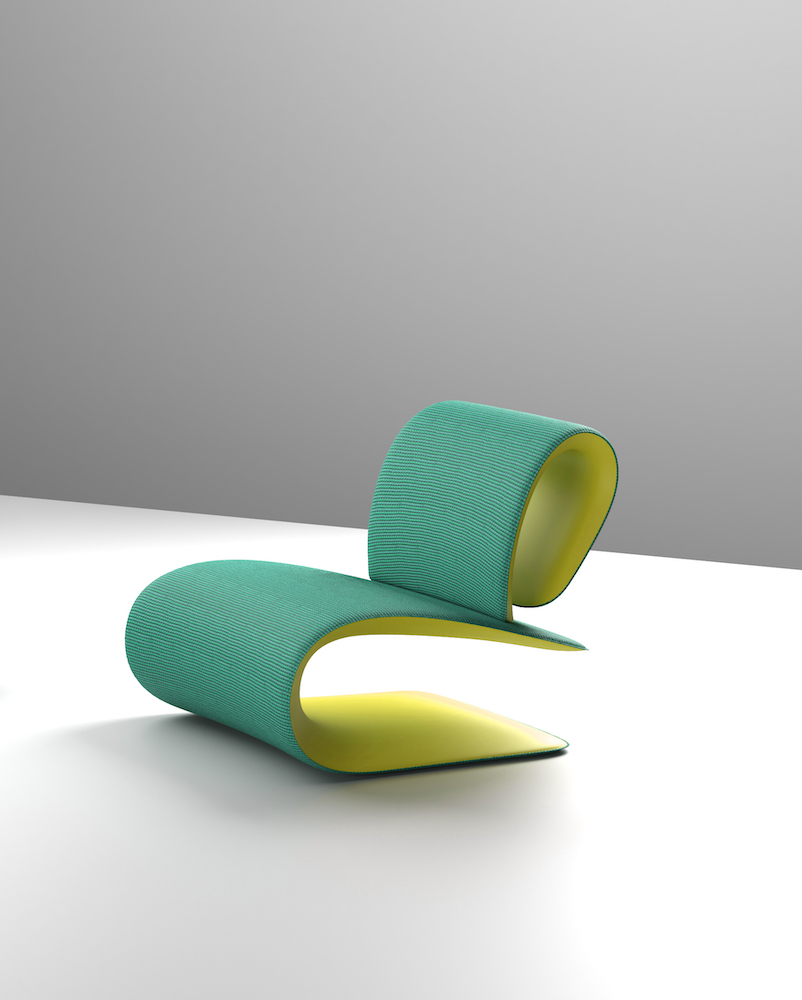 Frank Chou for Louis Vuitton’s Objets Nomades, courtesy of Louis Vuitton.
Frank Chou for Louis Vuitton’s Objets Nomades, courtesy of Louis Vuitton.






